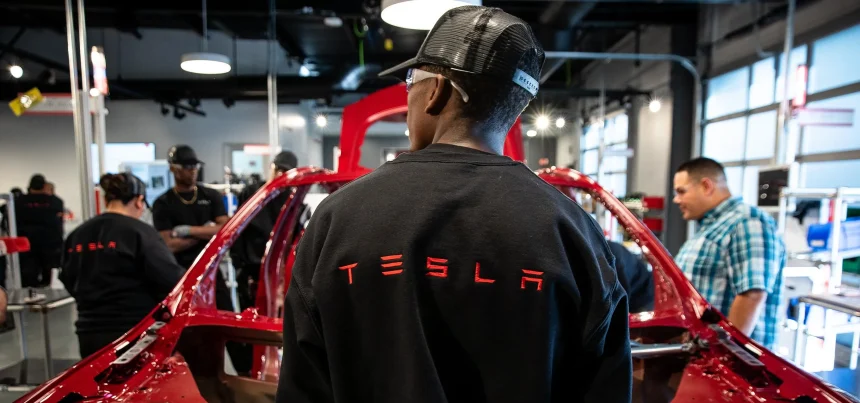Tesla is undergoing a workforce adjustment, cutting off over 10% of its global staff—roughly 14,000 employees. This sudden move comes as the electric vehicle (EV) market experiences a shift in consumer trends and increased competition.
Just after the announcement, Tesla’s stock price took a slight drop in pre-market stock trading following the layoff announcement. If this decline continues, the company’s upcoming quarterly earnings report will likely be under scrutiny.
However, in an internal memo, Elon Musk acknowledged the difficulty of the layoffs but positioned them as crucial for “maintaining agility and fostering innovation” to fuel future growth. Tesla has yet to comment publicly on the matter.
The company recently reported its first year-on-year decline in quarterly deliveries in nearly four years, falling short of analyst expectations and raising concerns. Tesla has also slowed production at its Shanghai Gigafactory and Cybertruck line in Austin.
This move, often overlooked, signals potential future workforce reductions, just as they’ve done recently and possibly more in the future. Some might say, it’s an AI thing. But not everything is AI’s problem.
A few key factors are likely driving Tesla to this shift. Rising interest rates are pinching consumer wallets, especially for high-value EVs. China’s booming EV market, with its focus on budget-friendly options, is heating competition and Tesla’s lack of recent model updates makes their existing lineup feel less competitive compared to newer models from other EV companies.
Elon Musk’s recent denial of a report that suggests Tesla has abandoned plans for a more affordable electric car, a long-standing goal to make EVs more accessible may have played a role in this. This back-and-forth regarding affordability creates uncertainty for both consumers and investors.














